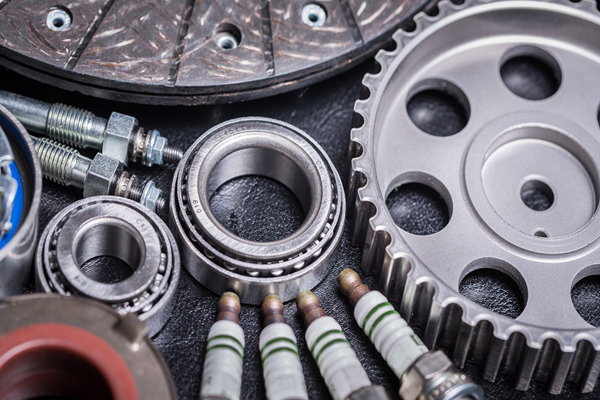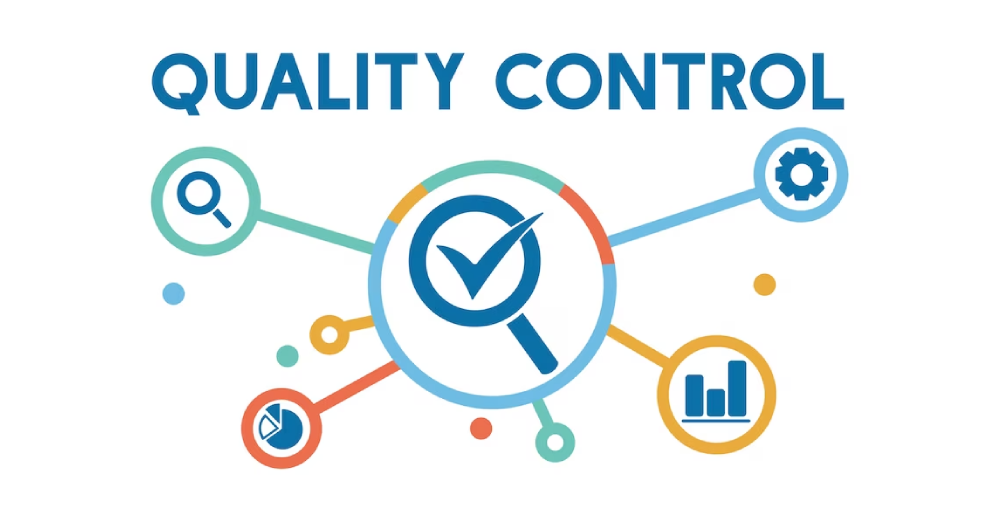
Market Analysis
Identify Needs: Understanding customer requirements and market gaps.
Competitive Analysis: Studying existing products and identifying areas for improvement.
Concept Development
Brainstorming: Generating ideas and concepts for new parts.
Feasibility Studies: Assessing the practicality of concepts in terms of technology, cost, and market potential.
Design and Prototyping
Computer-Aided Design (CAD): Creating detailed digital models.
3D Printing: Producing initial prototypes for testing and refinement.
Simulation and Testing: Using software to simulate real-world conditions and testing prototypes to ensure performance and safety.
Material Selection
Performance Requirements: Choosing materials based on durability, strength, weight, and cost.
Sustainability: Considering the environmental impact and recyclability of materials.
Testing and Validation
Laboratory Testing: Conducting controlled tests to measure performance metrics.
Field Testing: Testing prototypes in real-world conditions to gather data and feedback.
Regulatory Compliance: Ensuring parts meet industry standards and regulations.
Iteration and Improvement
Feedback Analysis: Analyzing test results and customer feedback to identify areas for improvement.
Redesign and Refinement: Making necessary changes to enhance performance, durability, and manufacturability.
Production Planning
Scalability: Designing parts for mass production, considering factors like tooling and assembly processes.
Cost Estimation: Calculating production costs to ensure the project remains economically viable.
Launch and Post-Launch
Market Introduction: Strategizing the launch of new parts, including marketing and distribution plans.
Post-Launch Analysis: Monitoring performance and gathering user feedback for continuous improvement.
Technologies in R&D
Artificial Intelligence (AI): For predictive analytics and optimizing design processes.
Internet of Things (IoT): Integrating smart sensors in parts for real-time monitoring.
Virtual Reality (VR) and Augmented Reality (AR): For immersive design and testing environments.
Advanced Materials: Exploring new materials like carbon fiber composites and high-strength alloys.
Challenges in R&D
Cost Management: Balancing R&D expenditure with potential returns.
Technological Integration: Ensuring compatibility of new parts with existing systems.
Regulatory Hurdles: Meeting stringent safety and environmental standards.
Market Acceptance: Gaining customer trust and acceptance of new technologies and materials.
Future Trends in R&D
Sustainable Practices: Increasing focus on eco-friendly materials and manufacturing processes.
Automation: Leveraging robotics and automation to enhance precision and efficiency.
Customization: Developing capabilities for on-demand customization of parts.
Collaborative Development: Partnering with technology companies and other industries for innovation.
R&D is the backbone of the auto replacement parts industry, driving innovation, ensuring quality, and meeting the evolving demands of the market.


